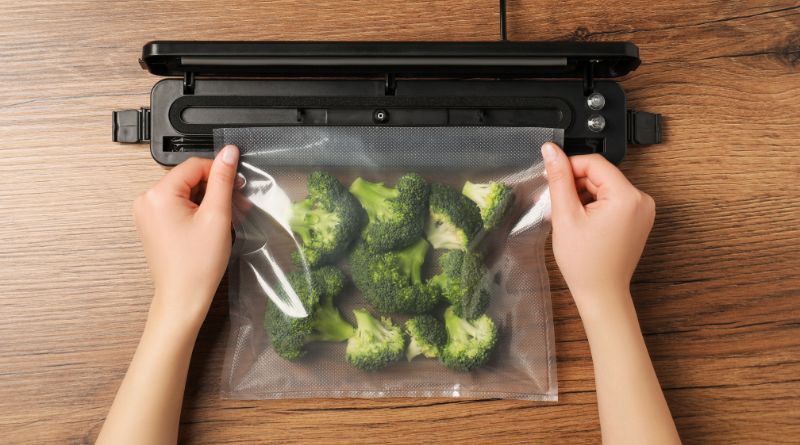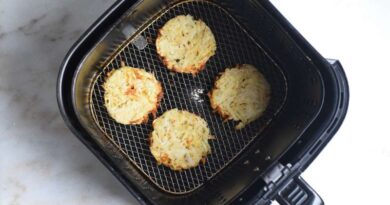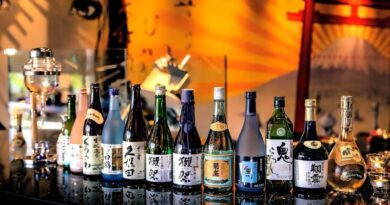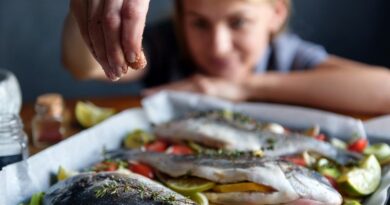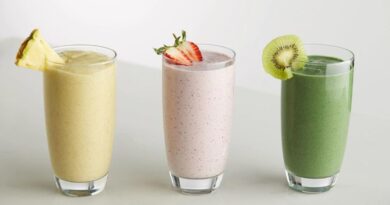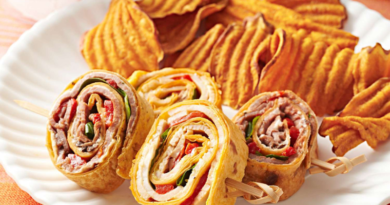Vacuum sealing is an excellent method of saving space while also extending the shelf life of most foods. However, it is far from flawless and comes with several disadvantages of vacuum sealing food. To save money, more and more individuals are shopping at club shops, farmers’ markets, and food clubs, where they may purchase in bulk at discounted rates. You must either use the food as soon as possible after purchasing it or keep it correctly to limit the likelihood of spoilage. It is possible to preserve food for extended periods more securely and effectively. However, you should be aware of the various disadvantages of vacuum sealing food before investing in a vacuum packager.
What is Vacuum Sealing?
Disadvantages Of Vacuum Sealing Food: In food storage, vacuum sealing (also known as vacuum packing) is a procedure that includes eliminating all of the air from a food container before sealing it. Utilizing a vacuum sealer machine may be completed automatically or manually, using specialized bags with a one-way valve and a manual suction pump to eliminate air.
The term “food storage” refers to keeping food. Still, it may also refer to the practice of storing garments, blankets, sheets, and other objects that benefit from being stored in an oxygen-free environment, such as metal fittings, screws, and tools.
However, it is not a foolproof method of storing food indefinitely. Its advantages also have certain drawbacks that should be considered while using it in your business.
Disadvantages of Vacuum Sealing Food
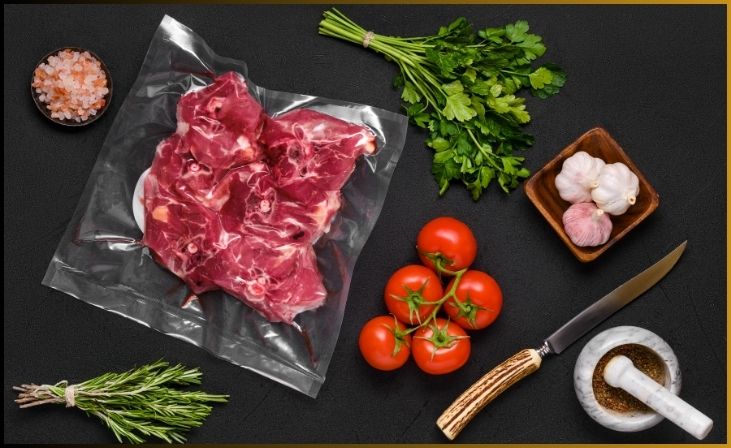
Here are some Disadvantages Of Vacuum Sealing Food:
It is Necessary to Use Unique Bags
The use of manual and automated vacuum sealers necessitates unique bags that are somewhat thicker and more durable than standard plastic bags. Because plastic bags that are not intended for vacuum sealing are generally semi-permeable to gases, using bags that are not designed for vacuum sealing may still allow some air to get through. As a result, it is not guaranteed that food that has been vacuum-packed in a standard plastic bag will have a longer shelf life than food that has not been vacuum-packed.
Not All Vacuum-Sealed Bags Can Be Reused
There are three varieties of vacuum-sealed storage bags available: non-reusable bags, resealable but non-reusable bags, and reusable and resealable bags. Non-reusable bags are the most common form.
Non-Reusable Bags: These bags are the most widely accessible on the market and the most expensive. These are single-use bags, similar to Ziploc bags, but do not include a zipper closing mechanism to keep the contents inside.
These are still single-use bags, but they have a zipper mechanism built into their design. Resealable, non-reusable bags: These are still single-use bags, but they have a zipper mechanism built into their design.
Semi-reusable, resealable bags: These bags may be used with a manual air-removing pump to remove excess air from the bag. An air-release valve and a zipper-closure mechanism are included in their construction. This bag may be used with specific, more costly vacuum sealing devices.
Reusable bags, on the other hand, do not last very long. This is because their one-way valve and the zipper mechanism are weak spots that will eventually be compromised.
Quick Link: Imperfect Foods vs Misfits Market: offering Best ugly Product
Expensive
Vacuum sealers of high grade are not inexpensive. Vacuum sealers that are suitable for beginners cost approximately $80. The very nice ones, which are of commercial quality, are priced at $350 or more. There are less expensive vacuum sealers available on the market, but they only operate with smaller bags and are not as effective.
Additionally, since the bags are often single-use only or semi-reusable, it is necessary to purchase vacuum-rated bags regularly.
Anaerobic bacteria will thrive.
Most bacteria that cause spoiling need oxygen and moisture to live and reproduce. A prevalent misunderstanding is that vacuum-sealing food is a foolproof method of killing germs and keeping food secure from contamination. Some bacteria, known as anaerobic bacteria, can flourish in low-oxygen settings, but others can not. Clostridium botulinum, for example, generates toxins that may result in food poisoning, paralysis, and, in the majority of cases, death when it enters the body.
Delicate food cannot be vacuum-sealed.
When it comes to soft and spongy foods such as soft-crusted bread, cakes, and meringues, vacuum sealing is not a good option. Because vacuum sealing removes air from the interior of a container and everything inside it, the air pockets between these pastries are emptied out, resulting in the collapse of the food’s internal structural integrity. They are further compressed and crushed by the vacuum bag, which alters the texture of the fruit.
Aside from most green vegetables, such as lettuce, vacuum sealing is not a good option. In addition to crushing the leafy greens, the bruising induced by the pesticide speeds up the breakdown of the leaves.
Some food continues to spoil.
Fresh fruits and vegetables naturally generate a ripening gas known as ethylene will continue to mature and eventually deteriorate even if they are vacuum-sealed in a plastic bag or another container. Examples are bananas, apples, apricots, peaches, and other fruits and vegetables. This is because the ethylene gas builds up within the vacuum bag, causing the fruit to mature faster than usual.
It is also possible that vegetables from the Brassicaceae family, such as broccoli and cauliflower, may deteriorate more quickly if vacuum-packed. Over time, theIn addition, the degradation of plastic by other veggies such as onions and garlic might jeopardize the integrity of the vacuum bag.
Furthermore, vacuum-sealed fresh fruit provides minimal value to the product. The natural enzymes found in plants and vegetables will ultimately break them down, resulting in a mushy, rotten product.
Foods That Should Not Be Vacuum Sealed
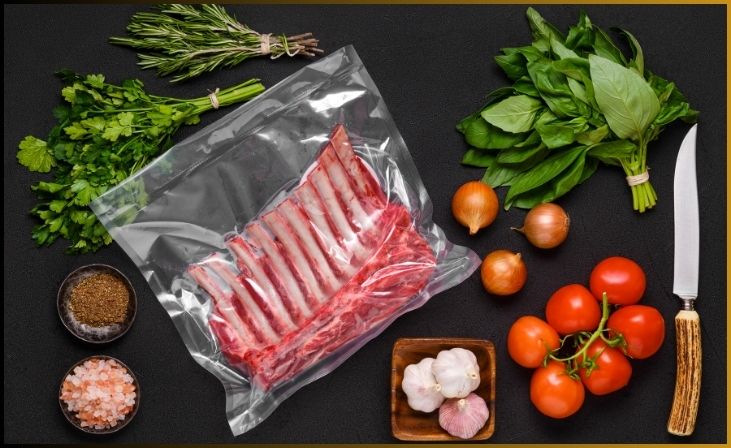
Do not vacuum seal the following items:
- garlic
- raw mushrooms
- freshly cooked or steamed vegetables
- soft cheeses
In addition, when preserved, many common vegetables release a gas that is harmful to humans. If these veggies, which are members of the Cruciferae or Brassicaceae families, are stored in a vacuum-sealed bag, the gas will cause them to rot and deteriorate. Therefore, to effectively preserve these veggies, they should be blanched and dried before being vacuum-packed and frozen for later use.
A few of them are as follows:
- cauliflower
- kale
- radishes
- turnips
- arugula
- bok choy
- broccoli
Also Like: 10 Best Trader Joe’s Frozen Food: Eat Quick And Easy!
The Advantages of Vacuum Sealing
There are also some advantages other than the disadvantages of vacuum sealing food. It is necessary to consider the benefits of vacuum sealing food to make an educated choice about whether to vacuum seal food or not.
- Increases the shelf life of most foods, both cooked and raw:
Vacuum sealing eliminates practically all of the oxygen from the bag, allowing the food to last longer. Aerobic bacteria (bacteria that thrive in the presence of oxygen) that cause spoiling will eventually die off if they do not have access to oxygen. Oxygen is also a factor in the destruction of the nutritional value of most foods. By eliminating oxygen from the environment, it will take a very long time for most materials to go bad.
- It conserves space:
Instead of keeping food in rigid containers, vacuum-sealed food has a more compact profile and takes up less storage space. Preppers will benefit from this since it holds more goods in the freezer, refrigerator, and pantry.
This method effectively prevents food from being dehydrated or from developing freezer burn. It works by creating a barrier between the food and the environment. Frozen food that has been exposed to air and the damp freezer environment gets very dehydrated. As a result, it alters the texture of the meal and lowers its nutritional value. Seafood and meat are the two foods that benefit the most from vacuum sealing before freezing. Food that has been refrigerated or kept at room temperature will, on the other hand, become dehydrated over time.
Conclusion
Despite the many disadvantages of vacuum-sealing food, the benefits exceed the drawbacks in most cases. Furthermore, some approaches may be taken to mitigate and overcome these drawbacks. Vacuum sealing increases the shelf life of food while also preserving its quality. Thus, it should be used whenever possible.
I hope my post on the Disadvantages Of Vacuum Sealing helps you. Share your reviews in the comment section.
FAQs
Vacuum sealers range in price, with some models being affordable, while others can be quite costly. The initial investment may be a disadvantage for those on a tight budget.
Yes, vacuum sealing is not suitable for all foods. Delicate items, like soft fruits, may be crushed in the process. Foods with high moisture content can also pose challenges.
Yes, while vacuum sealing helps preserve food, it’s not foolproof. Over time, some foods may still experience changes in flavor and texture due to factors like oxidation and moisture loss.
Vacuum sealing typically involves using plastic bags or rolls, which can contribute to plastic waste. However, some models and brands offer reusable and eco-friendly options to address this concern.

